How to Make a Decision of Buying a Lead?
Tons of websites and companies claim to offer profitable online arbitrage leads. Now, let’s say you buy their leads list but should you really buy every item? You need to develop an individual decision-making process which you can refer to at times like this. This process must consist of strategies and indicators that are important to you, and determine whether you should buy a lead or not.
Some sellers choose to copy YouTube videos by setting unrealistic goals and indicators, which leads to them ignoring many potentially profitable leads and losing lots of money. Don’t be like that! Check out the tips below to find out how you can make a decision about buying profitable online arbitrage leads:
1. Use a Reliable Lead Generation Tool
The first step in buying the best online arbitrage leads is to use a reliable lead generation tool. There are many tools available in the market that can help you find profitable leads, but not all of them are created equal. To ensure that you get the best results, choose a lead generation tool that has a proven track record of delivering accurate and up-to-date information.
2. Check Product History and Profitability
Before making any purchase decisions, it’s important to check the product history of each item you’re interested in buying. This will help you determine whether it’s worth investing in or not. Use your lead generation tool to check the product’s sales history over time. Look for trends such as seasonal fluctuations or sudden spikes in sales volume that could affect your profitability.

3. Calculate Fees
When buying online arbitrage leads, it’s important to calculate all fees associated with each transaction before making any purchase decisions. This will help you determine whether or not each item is worth investing in based on its potential profit margin. Use your lead generation tool to calculate all fees including shipping costs, taxes, and marketplace fees such as Amazon FBA fees.
4. Monitor Prices
Finally, once you’ve purchased your online arbitrage leads, it’s important to monitor prices regularly to ensure that you’re still getting a good deal. Use your lead generation tool to track prices over time and look for any sudden changes that could affect your profitability. You can also set up price alerts so that you’re notified when prices drop below a certain threshold.
Different Sellers Have Different Criteria for Analyzing OA Leads

Overall, the most important criteria for choosing profitable leads – regardless of the seller – are profit margin, ROI (return on investment), and monthly sales. However, all three can’t be your first priority at the same time. Here’s where you should consider the overall state of your business, your individual goals, and how much risk you’re willing to take.
This way, you can customize and determine criteria that are tailored to your individual situation. For example, a seller that has a long-term vision can prioritize the return on investment over time. Another seller with a limited budget might care more about monthly sales and try to find fast-selling products. On the other hand, another seller who is financially struggling probably prioritizes profit margin over everything else. Since their goals and needs might evolve and change over time, these sellers have the option to be flexible and switch between their criteria.
As you can see, the individual concerns and goals of each seller affect their criteria for choosing leads greatly. So, try to determine which of these three important criteria matches you more, and prioritize the rest of them according to how much risk you’re willing to take. Don’t forget to learn from other sellers and educational YouTube videos, but do not try to copy their strategies.
Think about your overall strategy and establish a threshold for every criterion. For example, you may want to make a profit of >$5 on every product you sell. After that, start testing the waters to see what works best for you. Be flexible with your strategy, because after a while you might find out something else works better for you. Keep in mind that trying to find the “perfect” lead won’t get you very far, so try to find a balance between the criteria. For example, if you find a product that has a big profit margin, don’t ignore it just because it’s not Buy Box eligible.
What Are the Criteria to Choose a Profitable Lead
Finding the best Amazon FBA leads can be challenging, especially if you don’t know what criteria to consider. Here are some of the essential factors to look for when choosing the best online arbitrage leads:
1) ROI
ROI (Return on Investment) is a key metric that measures the profitability of an investment. In simpler words, it means the profit you’ll earn (minus Amazon fees, packaging, and other expenses) in return for the investment you made.
(Net profit) / (COGS) * 100 = ROI
When choosing online arbitrage leads according to ROI, you should try to establish a balance between risk and reward. If the lead is very risky, the ROI should be higher. But if it’s a stable lead, it makes sense even if the ROI is not that high. After deducting all the costs, you should be left with at least a 10% ROI.
However, it’s hard to estimate the ROI when you have to consider unpredictable issues such as the product being returned. So, it makes more sense to establish a 20% ROI as your criteria after calculating specified costs such as Amazon fees and shipment expenses. However, this is not set in stone and can be less or more than 20% according to your individual situation and the state of your business.
2) Profit

The profit margin is the difference between the cost of acquiring a product and its selling price. When calculating the profit, you should deduct these costs from the selling price on Amazon:
- Buying cost
- Referral fee (15%)
- Amazon FBA fee
- Shipment to Amazon cost
- Other possible expenses
You should choose products with high-profit margins to maximize your earnings. Beware of the hidden costs of selling on Amazon (such as the examples above) when calculating profits. In the end, you should be left with a profit of $5-$10 – again, this can be determined according to your individual situation.
3) BSR
BSR (Amazon Best Sellers Rank) is an Amazon metric that shows the selling rank of individual listings/ASINs in their relevant categories. It shows how fast the product sells and how much demand there is for it. Overall, it’s not a good indication if the lead is not ranked in the 1% best-sellers in the main categories. However, there are exceptions because not every category is the same.
Keep in mind that BSR can mean different things for an online arbitrage seller and a wholesale or private label seller. As an online arbitrage seller, you don’t have a high stock of one product, and you need to make sure your products are sold quickly in a short amount of time. So, you should care more about this rather than improving your BSR. It’s best to use other methods to estimate demand because it’s hard to just work with BSR.
4) Estimated Monthly Sales
This metric estimates how many units of a product are sold each month on Amazon. There are many tools and software that make these estimations, and each of them has its own formula, so the estimations might be different from one tool to another. You can use tools such as Seller App or AZ Insight and set a threshold for yourself. For example, you might consider a product not profitable enough if it has an estimated monthly sale of <20. Again, this depends on your individual strategy.
5) Price History
Some products may be profitable “now”, but their status may change in a few days or weeks. For example, you may find a profitable lead and buy it, but during the time it takes to send the lead to a fulfillment center and upload the listing, suddenly you find out that its price has fallen drastically. Beware of sudden spikes in the product’s price history by using tools such as Keepa.
Here’s an example of what a risky lead looks like:
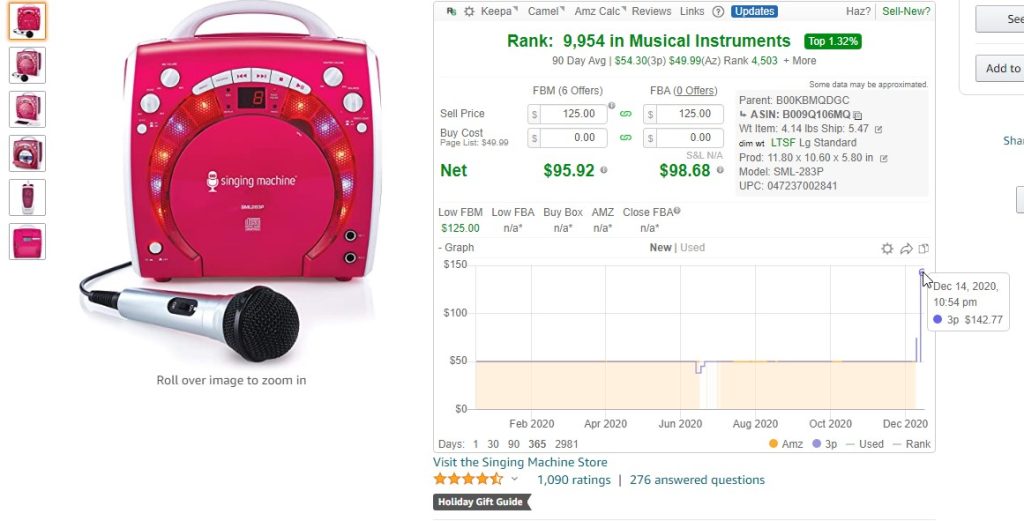
This product was sold for about $50 during the past 90 days, but suddenly it spiked and now the current price is $143. In this case, most experienced sellers would skip this lead. However, some leads have a stable and reliable price history. Take the example below:
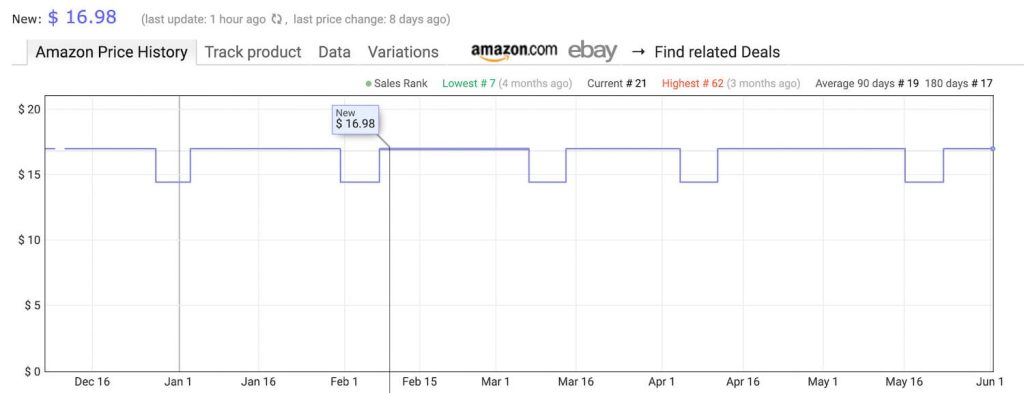
6) Number of Competitor Sellers
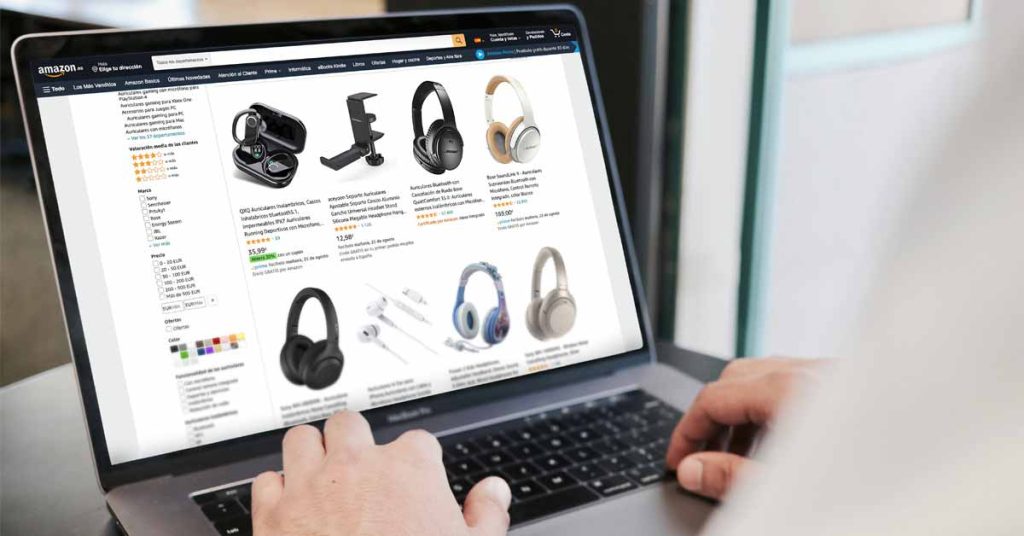
The number of competitors selling the same product is important, but not as important as their in-stock number. Considering the competitors’ in-stock number and the product’s monthly sales can help you estimate how fierce the competition is. In addition to that, you should check if Buy Box is controlled by a specific number of sellers or giving other sellers a chance as well.
So, determining the number of competitors selling the same product as you is not enough. You must know how much of the product they have in stock, but you don’t have to check every competitor. For example, imagine you sell a $40 product. In this case, you must check the in-stock of competitors in the same price range as yourself, not those who are selling the same product for over $50.
7) Buy Box Eligibility
The Buy Box is where most Amazon sales occur, so it’s better (but not necessary) to choose products that are eligible for it. Products must meet specific criteria such as price, availability, shipping speed, and seller rating to be eligible for the Buy Box.
Keep in mind that this metric is not that important and most sellers don’t even consider it. You should only include this criterion if everything else is at a stalemate and you can’t make a decision based on other factors.
8) Number of Reviews and Its Trend
The number of reviews and trends can give you an idea about how well a product is performing in terms of customer satisfaction and popularity over time. The more reviews a product has, the more it’s selling. Checking the review graph can help you with this – if the graph is ascending, the lead has a high sale history and is in demand. However, if the graph is flat, that means the product is not being sold and you shouldn’t count it as a profitable lead.
9) IP Complaint
The number of IP complaints on Amazon is increasing every day, and different tools may have different reports on this. Intellectual Property or IP complaints can lead to account suspension or legal issues, so it’s essential to avoid products with IP complaints or verify their authenticity before purchasing them. Make sure you check this criterion because it can lead to difficulties down the line.
10) Sellers’ In-Stock Number
This criterion allows you to know how long you should wait for the product to be sold. To get the answer, you need to know the competitors’ in-stock numbers. Some extensions can help you with this, such as Seller App and BuyBotPro. Find out how much of the product is in stock for sellers in your price range, then add them up and compare them to the monthly sales to make a decision.
For example, if the product has a monthly sale of 100 and your competitors have 1000 of it in stock, you’ll have to wait a long time before your product can get sold. Therefore, it’s best to avoid such a lead.
Final Thoughts
In conclusion, profitable online arbitrage leads are essential for any successful online arbitrage business. They offer higher profit margins, reduced risk, increased sales volume, diversification of product offerings, and a competitive advantage over other sellers in the market. But keep in mind that you have to develop quantitative criteria – such as monthly sales / in-stock numbers – according to your individual goals and needs.
By investing time in developing a personal process and criteria for choosing a proper lead, you can take your online arbitrage business to the next level and achieve long-term success. Lastly, keep yourself up to date with the latest Amazon news and guidelines, keep in touch with other sellers, and try to learn from them as to avoid the same mistakes.



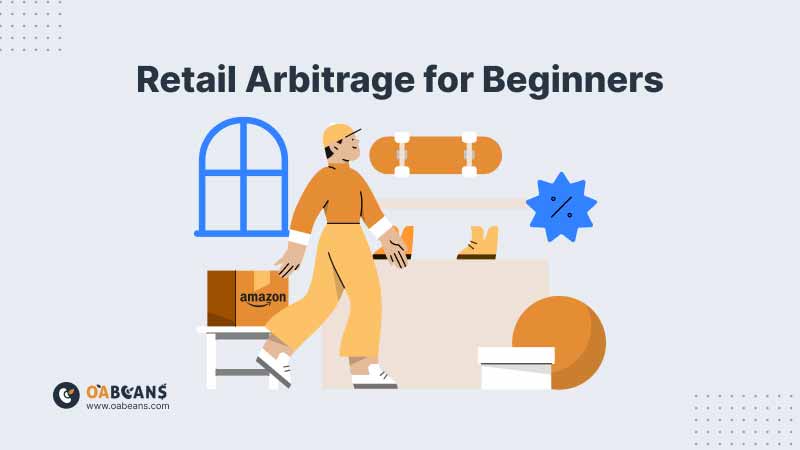
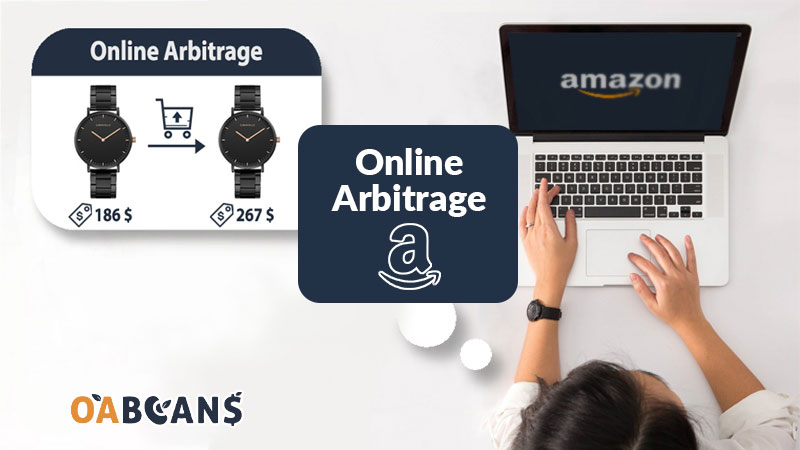
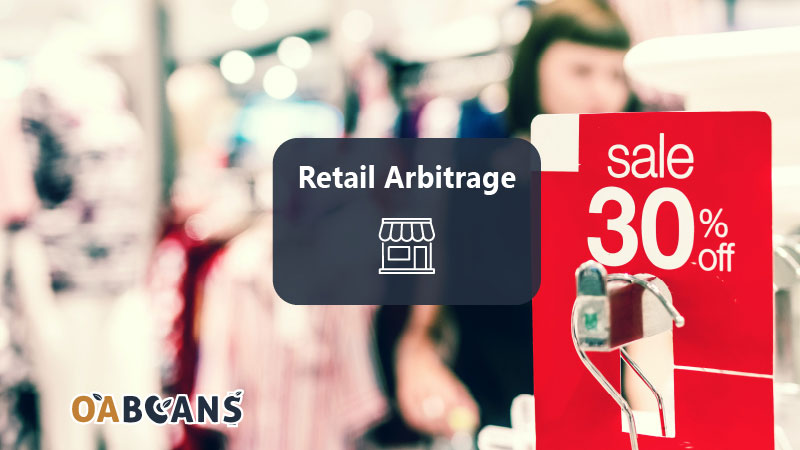
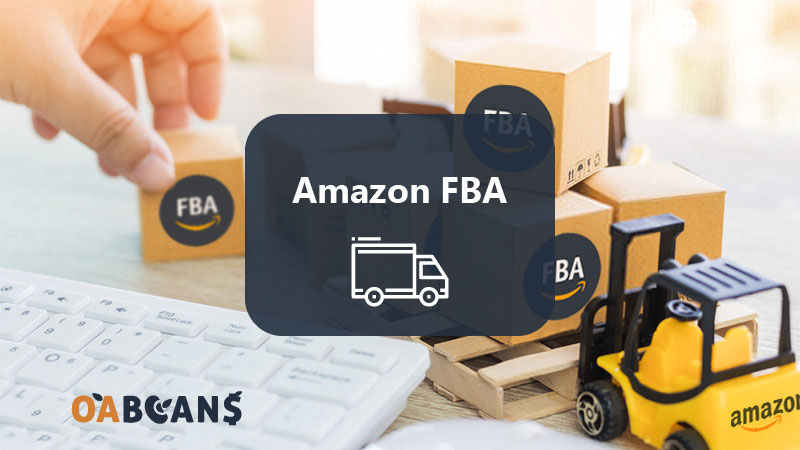


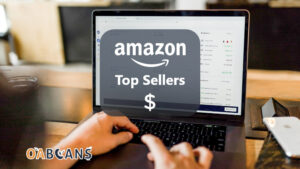
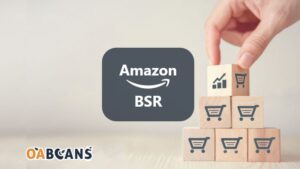
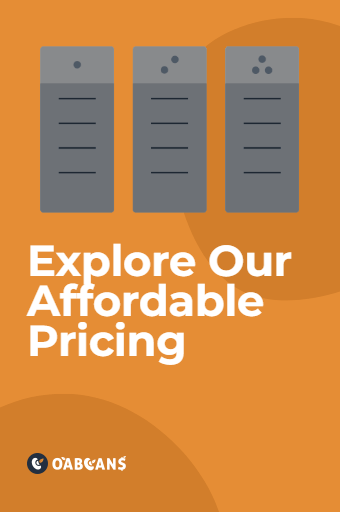

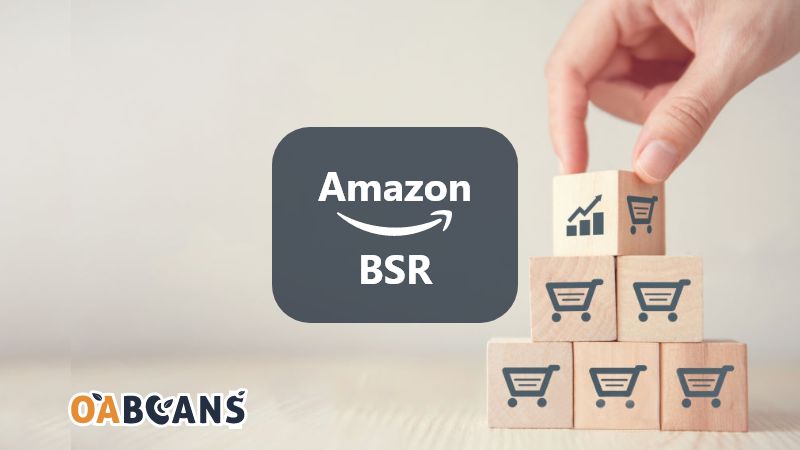
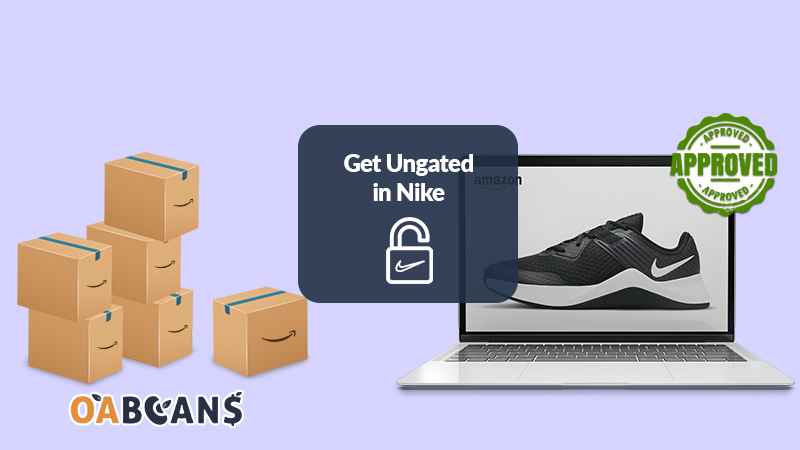
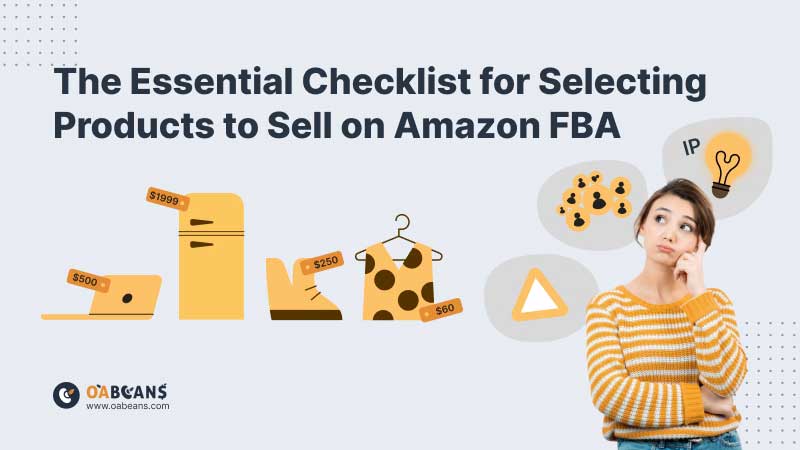






11 responses to “Criteria to Choose a Profitable Lead in 2025!”
The product information on Amazon Marketplace is incredibly thorough – it really helps me make informed buying decisions.
I’ve saved so much time by using these techniques for online arbitrage on Amazon.
The insights shared here are invaluable for anyone looking to excel at online arbitrage on Amazon.
Your site has become my go-to resource for all things Amazon reselling. Thank you for sharing your expertise and helping others achieve success in this competitive marketplace!
By using Amazon FBA, you can enhance your overall ecommerce strategy and improve your bottom line.
The step-by-step guides and tutorials are particularly helpful, providing practical advice that sellers can implement immediately.
By engaging in retail arbitrage, you can uncover clearance and closeout deals in physical stores, providing significant profit margins when reselling on Amazon.
Reselling on Amazon offers a low barrier to entry, making it accessible for individuals looking to start their own business.
The Amazon platform provides a streamlined returns process, ensuring customer satisfaction and reducing the burden on resellers.
Amazon’s customer reviews and ratings add credibility to your listings, helping you build trust and attract more buyers.
With Amazon’s reliable fulfillment services, such as FBA, you can focus on sourcing and growing your reselling business while Amazon takes care of storage, packaging, and shipping.